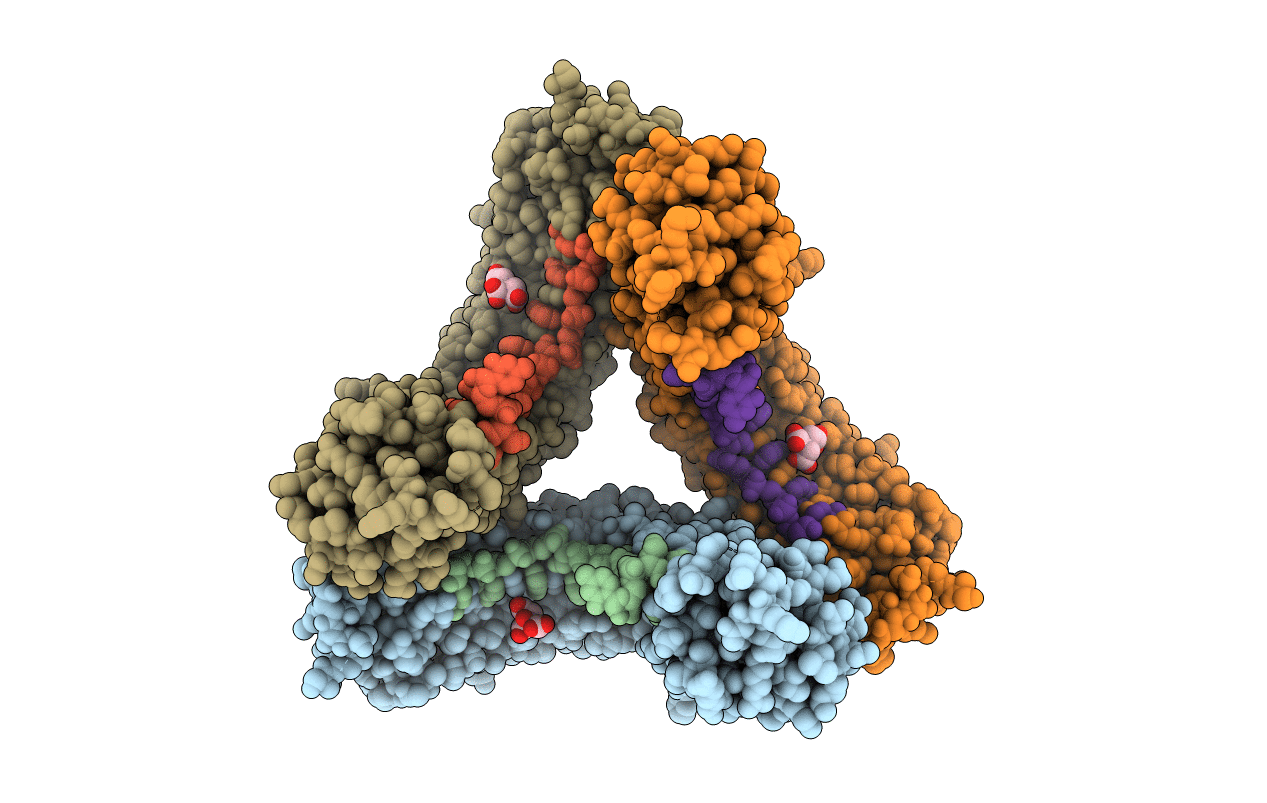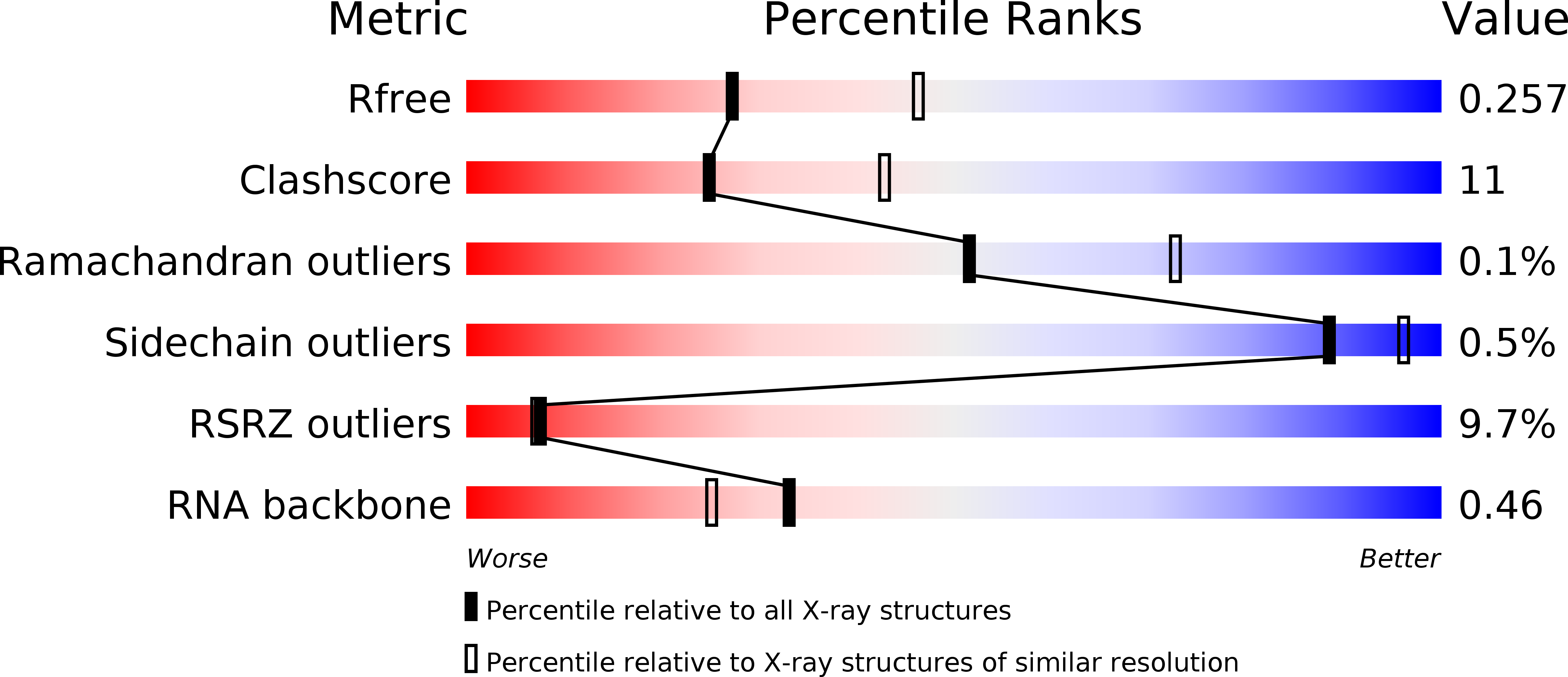
Deposition Date
2009-10-05
Release Date
2009-10-27
Last Version Date
2023-09-06
Entry Detail
PDB ID:
3K49
Keywords:
Title:
Puf3 RNA binding domain bound to Cox17 RNA 3' UTR recognition sequence site B
Biological Source:
Source Organism:
Saccharomyces cerevisiae (Taxon ID: 4932)
Host Organism:
Method Details:
Experimental Method:
Resolution:
2.50 Å
R-Value Free:
0.26
R-Value Work:
0.22
R-Value Observed:
0.23
Space Group:
C 1 2 1


